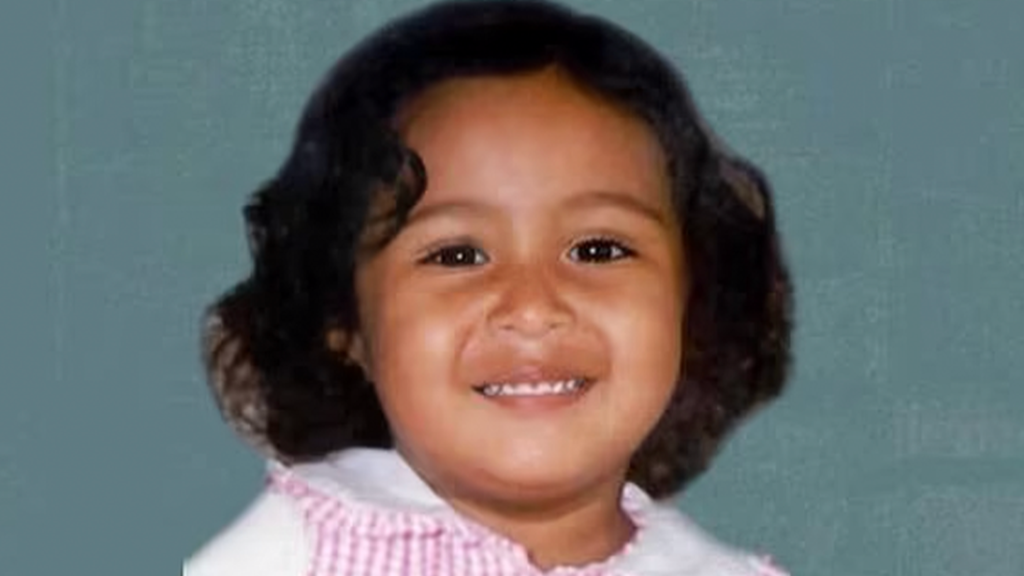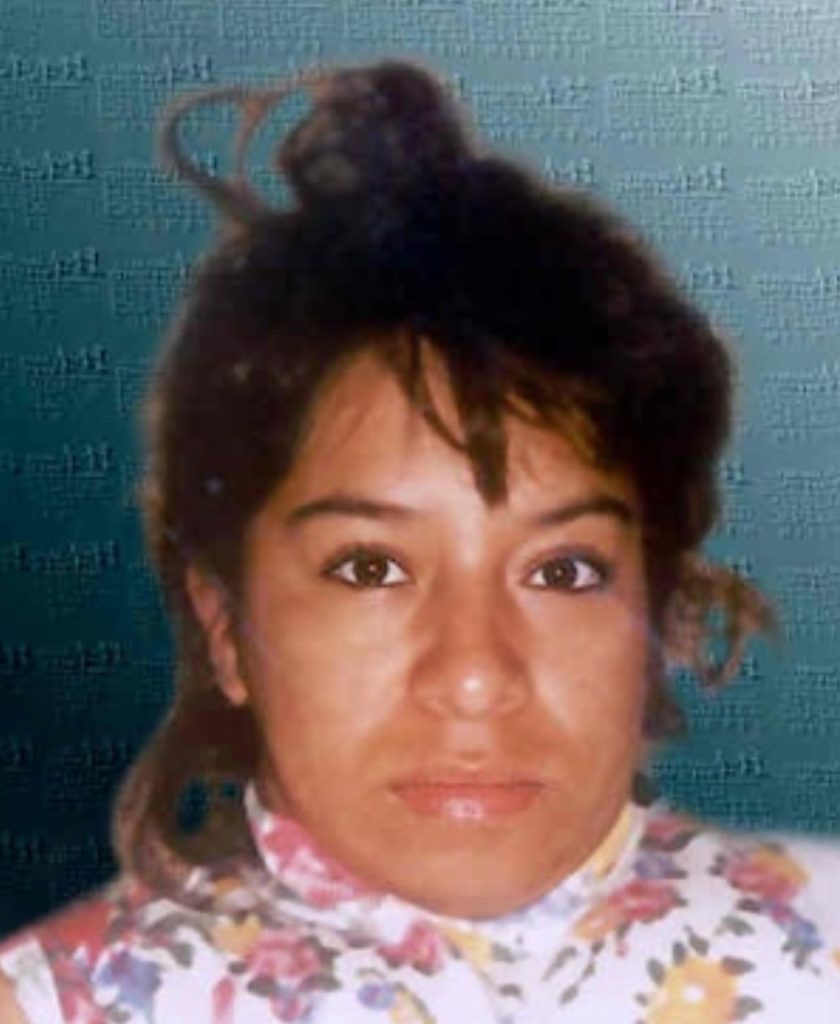In October 1999, a nearly two-year-old girl vanished from New Haven, Connecticut, marking the beginning of a long-standing missing child case. For decades, her father, law enforcement, and missing children advocacy groups searched tirelessly for answers. Multiple agencies investigated the disappearance, but for years, they found no trace of the missing child. After 26 years, she was unexpectedly located alive in Mexico, bringing an emotional and shocking resolution to the case. This remarkable story highlights the enduring hope in missing children cases and showcases the vital role of persistence, technology, and law enforcement cooperation.
The Disappearance in 1999

Rosa Tenorio abducted her 23-month-old daughter, Andrea Michelle Reyes, violating custody orders and disappearing without a trace. The abduction occurred during a scheduled visitation in New Haven, Connecticut. Authorities initially believed that Tenorio, who had previously lived in Mexico, fled there with Andrea in violation of court orders. Despite an immediate search and the issuance of an arrest warrant for Tenorio, the mother and child seemingly disappeared without a trace. Investigators pursued multiple leads, but the lack of communication from Tenorio and the limited resources for cross-border searches at the time made tracking them incredibly difficult. Over time, the case went cold, leaving Andrea’s father, Carlos Reyes-Couvertier, with few options but to hope for a breakthrough in the future.
From the very beginning, Reyes-Couvertier dedicated himself to finding his missing child. He worked closely with local law enforcement, the FBI, and missing children organizations, distributing fliers and making public appeals for any information. Despite these efforts, locating Andrea remained a significant challenge. The National Center for Missing & Exploited Children (NCMEC) became involved, providing resources and creating an age-progressed image of Andrea to aid in identification. Investigators followed numerous tips, yet none led to a confirmed sighting. The difficulty of international cooperation between law enforcement agencies also complicated the search. As years passed, the case remained in the minds of those working on missing children cases, but without new leads, it remained unsolved. Reyes-Couvertier never gave up hope, keeping Andrea’s story alive through media coverage and advocacy work.
The Case Reopened

By 2023, advancements in technology and renewed interest in cold cases led to a reevaluation of Andrea’s disappearance. Detective Kealyn Nivakoff, a member of the New Haven Police Department’s Special Victims Unit, revisited Andrea’s case with fresh determination. She utilized modern investigative techniques, including analyzing digital footprints, conducting extensive interviews, and using social media platforms to gather information. A crucial breakthrough came when a lead pointed investigators to a woman living in Puebla, Mexico, who bore a strong resemblance to the age-progressed images of Andrea. This discovery reignited hope, setting off a series of events that would eventually bring long-awaited answers.
Confirming Andrea’s Identity
To confirm the woman’s identity, law enforcement and forensic experts turned to DNA testing, a tool that has become essential in solving long-standing missing child cases. Authorities collaborated with Othram, a company specializing in forensic genetic genealogy, to conduct a detailed DNA analysis. A sample was collected from the woman in Mexico and compared to the DNA of Carlos Reyes-Couvertier. The results provided undeniable proof—after 26 years, Andrea Michelle Reyes had been found alive. The confirmation was both an emotional and historic moment, showcasing the power of scientific advancements in reuniting families long separated by abduction.

After receiving the news, Carlos Reyes-Couvertier began communicating with Andrea through phone calls and text messages. The reunion was both joyful and complex, as Andrea, now an adult, had spent her entire life in a different country and culture, unaware of the circumstances surrounding her early years. Navigating these emotional realities required patience and understanding from both father and daughter. They are now preparing for an in-person meeting, a moment that Reyes-Couvertier had dreamed of for decades. Though their relationship will take time to rebuild, the overwhelming sense of relief and gratitude has overshadowed the painful years of separation.
The National Center for Missing & Exploited Children played a crucial role in keeping Andrea’s case active and aiding in the eventual reunion. Over the years, they provided support to Reyes-Couvertier, assisted with age-progressed imagery, and coordinated efforts with law enforcement. Now, they are helping the family navigate the emotional complexities of reuniting after such a long separation. Their continued support extends beyond locating missing children—it also involves ensuring that families receive the resources needed for reintegration and healing. This case highlights the importance of organizations like NCMEC in bringing hope to families affected by long-term abductions.
Legal Implications
Despite Andrea’s discovery, legal questions remain regarding Rosa Tenorio’s actions. An arrest warrant for Tenorio has remained active in the United States since the initial abduction. However, since she is believed to still reside in Mexico, U.S. authorities face jurisdictional challenges in pursuing legal consequences. International child abduction cases often involve complex legal proceedings, and extradition is not always guaranteed. It is uncertain whether Mexican authorities will take legal action against Tenorio, but the case serves as a reminder of the importance of enforcing child custody laws and preventing similar situations in the future.
Andrea’s case underscores the growing importance of forensic genetic genealogy in solving long-standing missing child cases. The advancements in DNA testing have allowed for unprecedented breakthroughs in identifying missing persons and reuniting families. Companies like Othram specialize in analyzing degraded or minimal DNA samples to provide answers that were once impossible to obtain. These developments have also played a role in resolving cold cases, identifying unknown remains, and exonerating wrongfully convicted individuals. As technology continues to evolve, the ability to solve missing children cases will become even more effective, offering hope to countless families still searching for their loved ones.
The discovery of Andrea Reyes after 26 years serves as a powerful testament to the persistence of those who never stopped searching for her. It also highlights the critical role of technological advancements, dedicated law enforcement efforts, and organizations like NCMEC in bringing missing children home. Though Andrea’s journey is far from over, her story serves as a beacon of hope for families still awaiting answers. This case is a reminder that even after decades, miracles can happen, and long-lost loved ones can be found and reunited.

